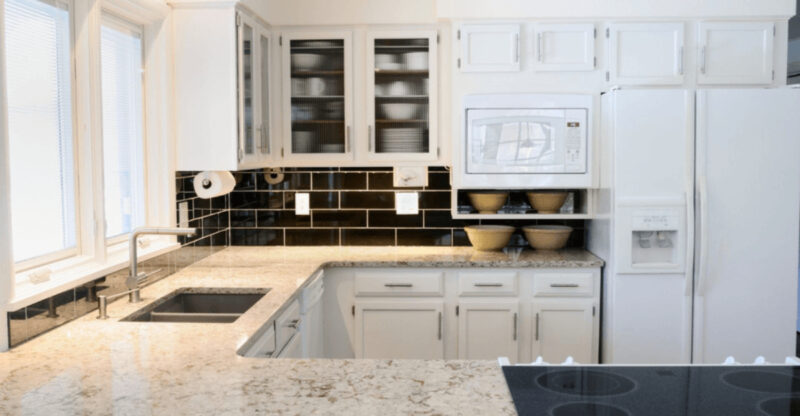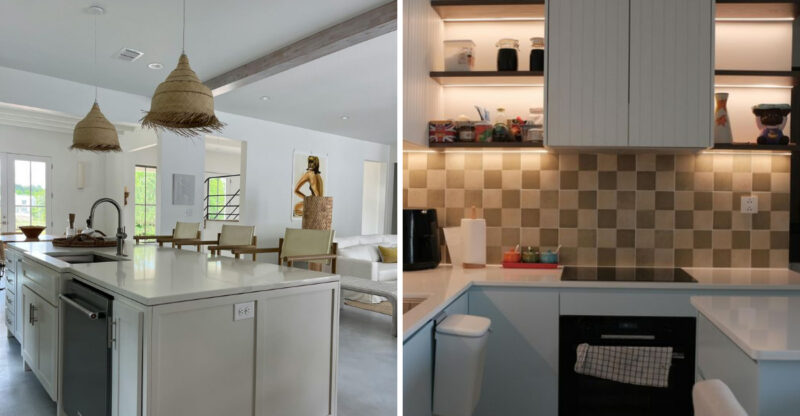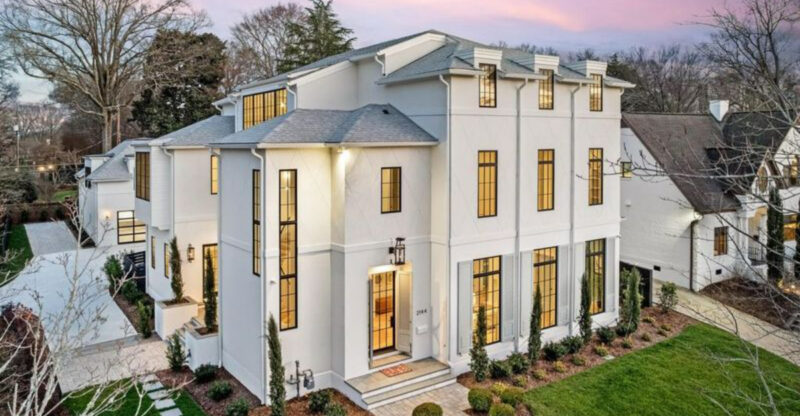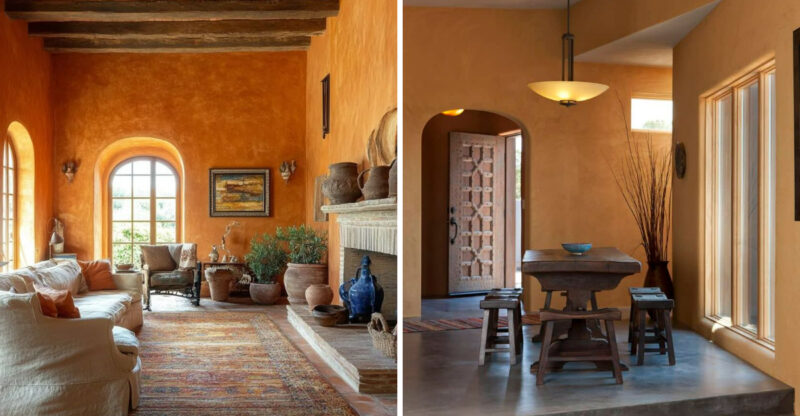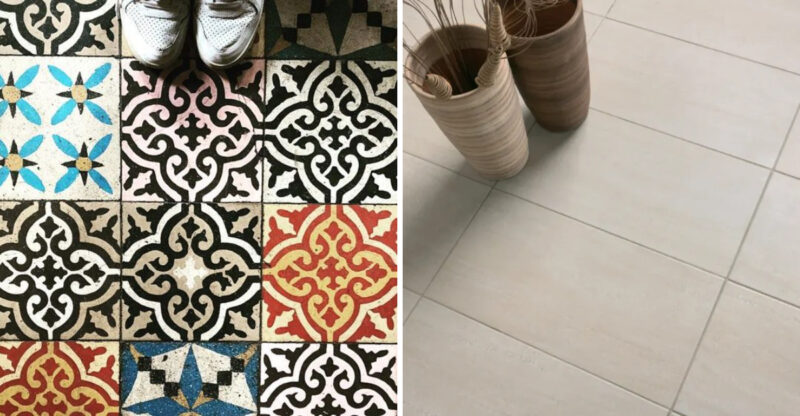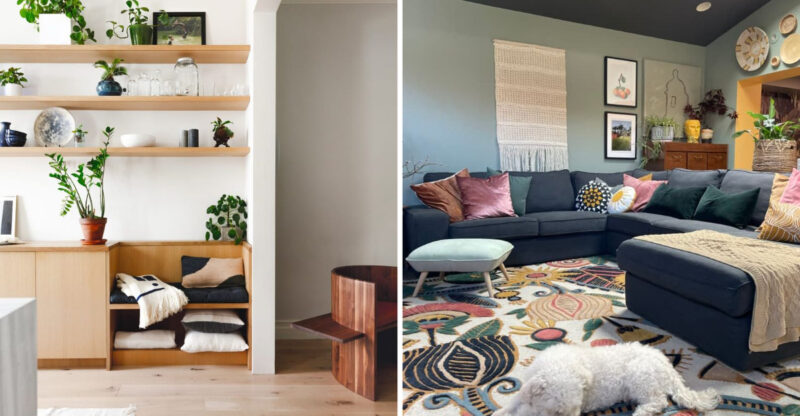Planning To Buy In Virginia? See Which 6 Home Types May Drop And 6 That Could Climb
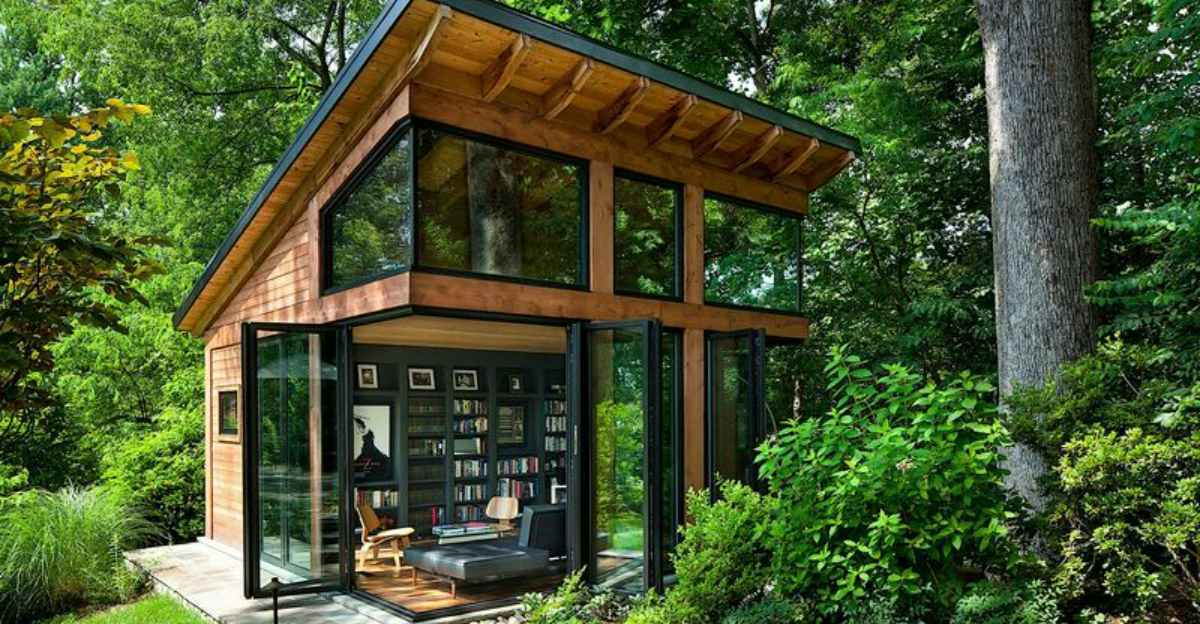
The Virginia housing market is changing fast, creating both risks and opportunities for buyers. Some properties are losing value while others are becoming hot investments.
Knowing which homes might drop in price and which might climb can save you thousands or help you make a smart long-term investment.
1. Luxury McMansions Facing Price Cuts
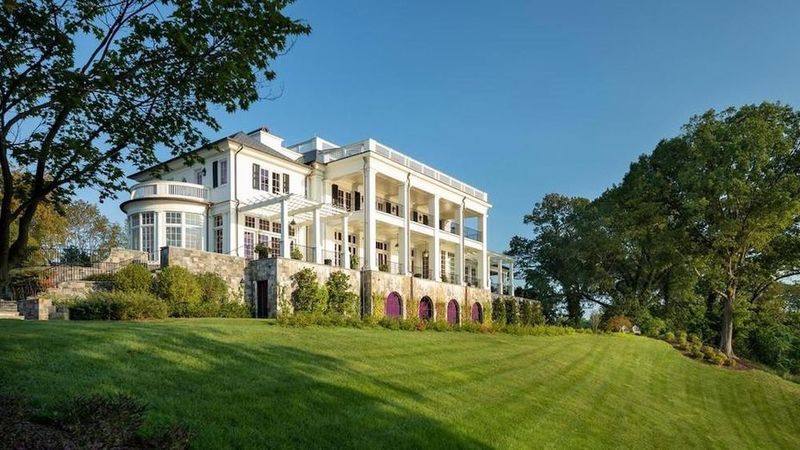
Once the crown jewels of suburban neighborhoods, those massive 5,000+ square foot homes with cookie-cutter designs are losing their appeal. Rising utility costs make heating and cooling these behemoths increasingly expensive.
Younger buyers typically prefer smaller, more efficient homes with character over sheer size. Many of these properties were built during the 2000s housing boom and now need costly updates to compete with newer construction.
If you’ve dreamed of sprawling space but couldn’t afford the premium, patience might reward you with better deals in this category.
2. Rural Properties Without High-Speed Internet
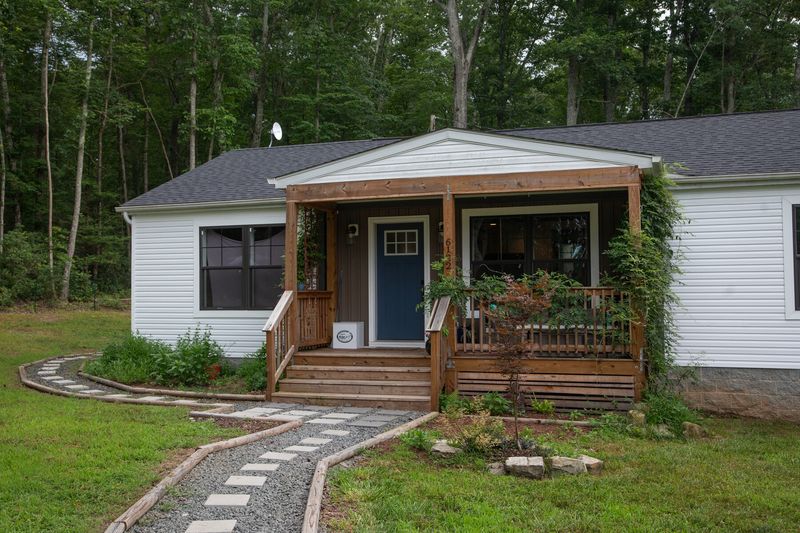
Remote work has revolutionized where people can live, but it comes with one non-negotiable requirement: reliable internet. Rural Virginia properties lacking broadband access face declining demand as buyers prioritize connectivity.
Even beautiful countryside homes struggle to attract interest when basic digital infrastructure is missing. The pandemic permanently shifted expectations about home workspaces.
While prices drop for these disconnected properties, they present opportunities for buyers willing to invest in satellite internet solutions or those planning to use the property as an occasional getaway from technology.
3. Homes Near Flood-Prone Areas
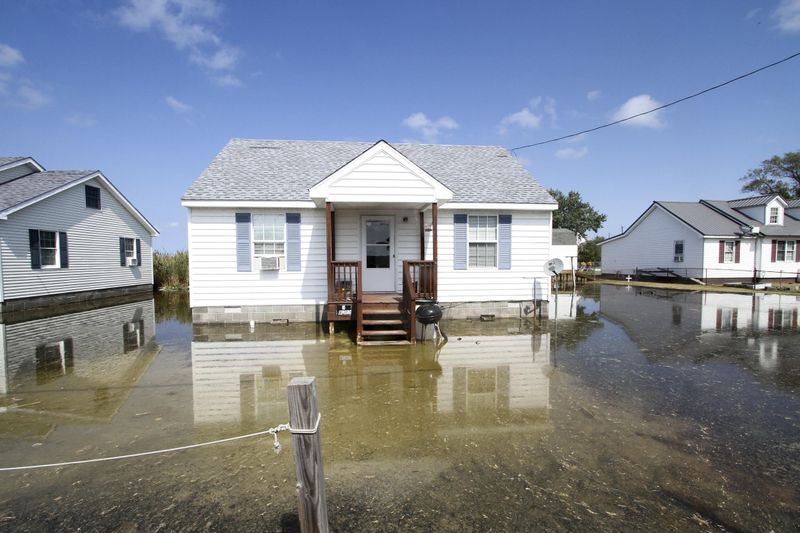
Climate change concerns are reshaping buyer priorities, especially in coastal Virginia and low-lying regions. Properties in flood zones or areas experiencing increased flooding events face growing insurance costs and decreasing buyer interest.
Many lenders now require expensive flood insurance even in moderate-risk zones. The Hampton Roads area particularly feels this pressure as sea levels rise and flood events become more common.
Bargain hunters might find substantial discounts here, but remember to factor in long-term insurance costs and potential resale challenges when calculating the true value.
4. Outdated Condos With High HOA Fees
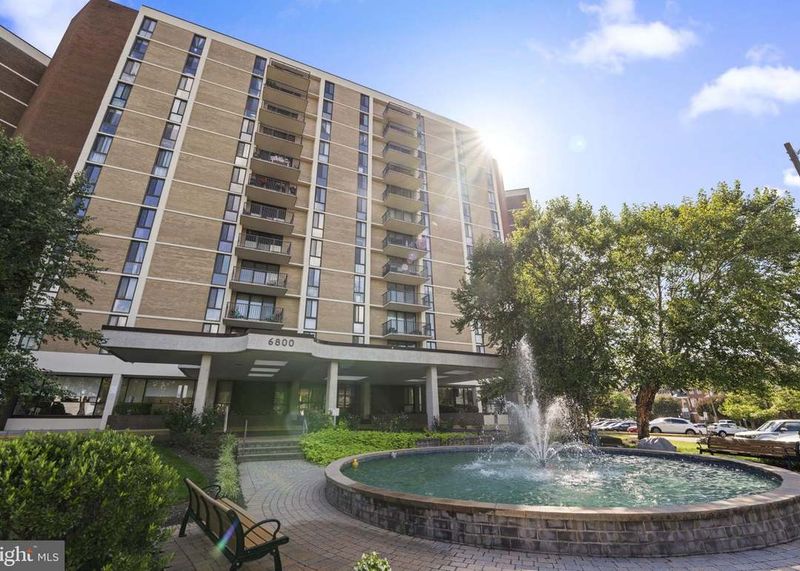
The double whammy of aging amenities and rising monthly fees makes these properties increasingly difficult to sell. Many Virginia condo buildings constructed in the 1970s-90s now face major infrastructure repairs that owners must fund through special assessments or higher fees.
Buyers today research HOA financials carefully before committing. Buildings with underfunded reserves raise red flags.
Look for condos selling at steep discounts, especially in older Northern Virginia developments. Just be sure to thoroughly investigate the association’s financial health and upcoming maintenance needs before considering them bargains.
5. Homes With Poor Energy Efficiency
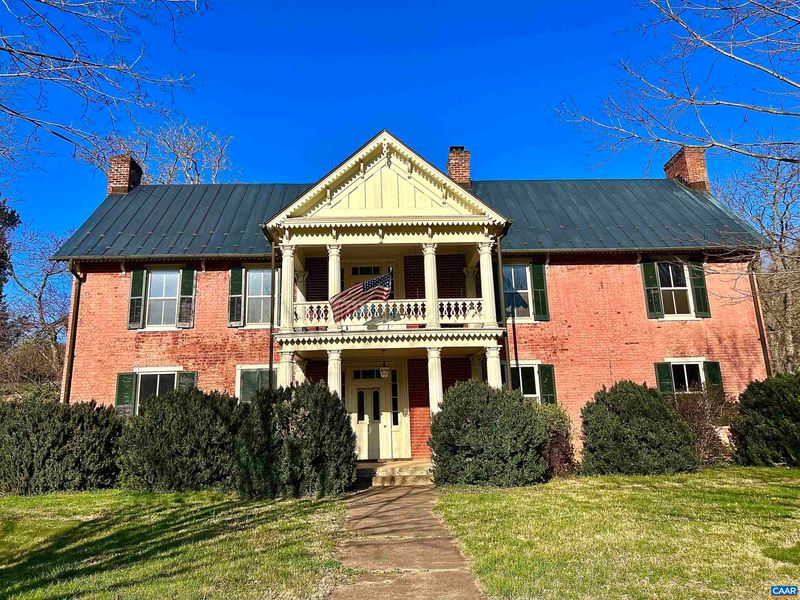
Rising utility costs have buyers scrutinizing energy efficiency more than ever. Older Virginia homes with original windows, minimal insulation, and outdated HVAC systems face price resistance as buyers calculate total ownership costs beyond mortgage payments.
Properties built before modern energy codes often perform poorly on home energy assessments. These efficiency issues particularly impact Colonial-style homes common throughout Virginia.
Sellers of these properties increasingly must choose between investing in upgrades or accepting lower offers. For buyers willing to invest in improvements, these homes offer entry points into desirable neighborhoods at reduced prices.
6. Cookie-Cutter Suburban Developments
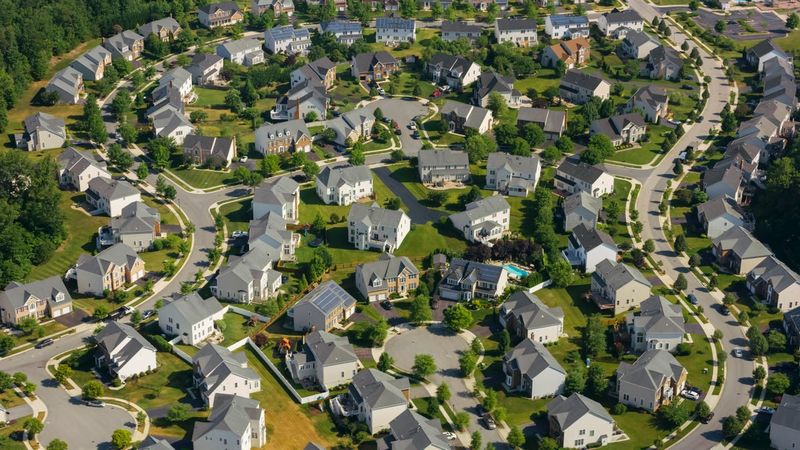
Those massive planned communities with nearly identical homes that sprouted across Virginia in the early 2000s are losing their shine. Today’s buyers increasingly seek unique properties with character and architectural interest rather than production-built sameness.
Many of these developments now approach the age where major components need replacement simultaneously. The uniform aging creates neighborhood-wide curb appeal challenges.
Buyers looking for suburban convenience can find good values here, especially if willing to renovate to add personality and modern updates that distinguish the property from identical neighbors.
7. Walkable Urban Townhomes
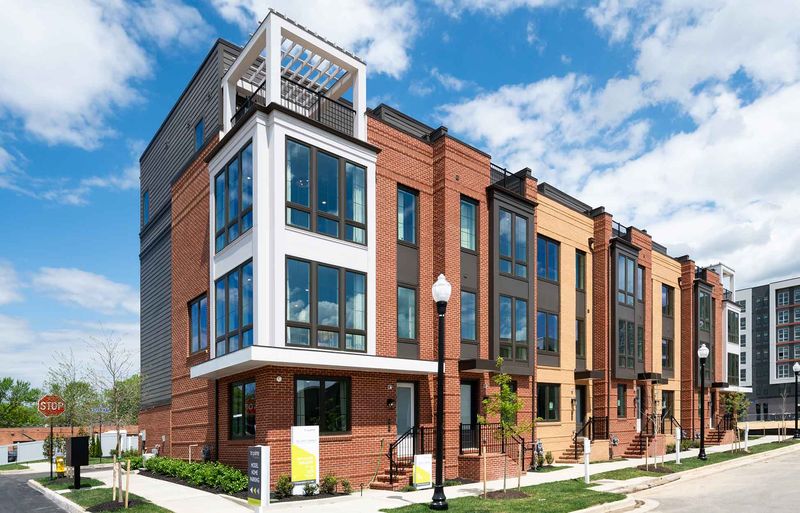
Proximity to amenities has become the new luxury. Virginia townhomes in walkable neighborhoods near restaurants, shops, and entertainment continue gaining value as car-optional lifestyles grow more appealing. The convenience factor attracts both young professionals and downsizing empty-nesters.
Areas like Alexandria’s Del Ray, Richmond’s Fan District, and Charlottesville’s Belmont show particularly strong demand. These properties often appreciate faster than their suburban counterparts.
While initial purchase prices run higher, transportation savings and strong resale potential make these properties smart long-term investments for those who value convenience and community connection.
8. Homes With Accessory Dwelling Units
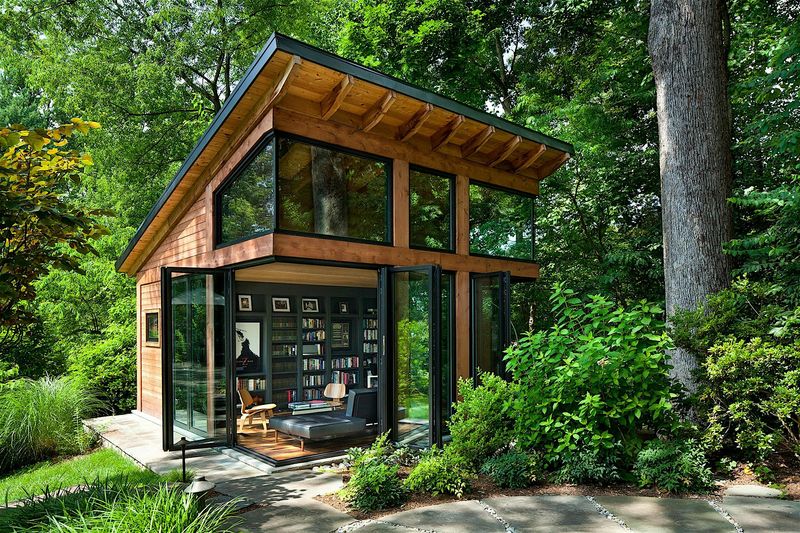
Properties featuring separate living spaces, whether basement apartments, converted garages, or backyard cottages, command premium prices in today’s market. These versatile spaces serve multiple needs: rental income, multi-generational living, or dedicated home offices.
Virginia’s recent legislation making ADUs easier to build has boosted their popularity. The rental income potential particularly attracts buyers in high-cost areas like Northern Virginia.
Homes with legal, permitted ADUs typically sell faster and for more money than comparable single-living-space properties. Their flexibility addresses changing household compositions and work arrangements that have become permanent features of post-pandemic life.
9. Energy-Independent Homes
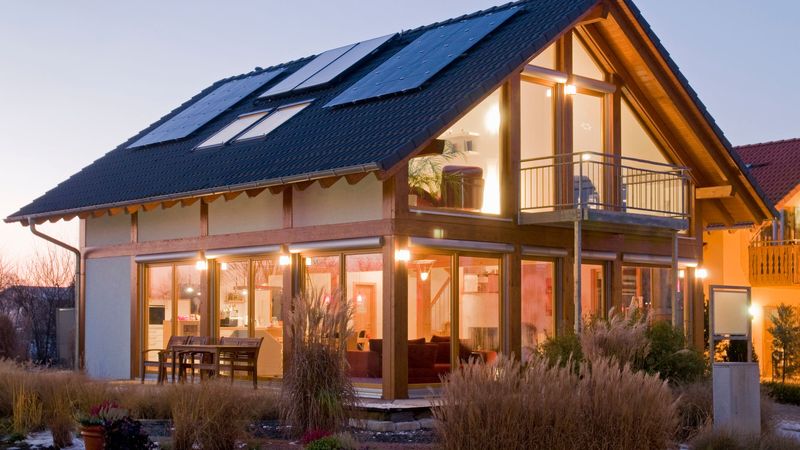
Rising utility costs and climate concerns have created strong demand for homes with solar panels, geothermal systems, and other energy-producing features. Properties approaching net-zero energy consumption command significant premiums throughout Virginia markets.
Buyers increasingly calculate long-term ownership costs beyond purchase price. Energy independence provides both environmental benefits and protection from rising utility rates.
While upfront costs for these systems remain high, homes already equipped with paid-off renewable energy features attract multiple offers. This trend appears strongest in environmentally conscious communities near Charlottesville, Richmond’s Fan District, and Northern Virginia’s tech corridors.
10. Properties With Home Office Potential
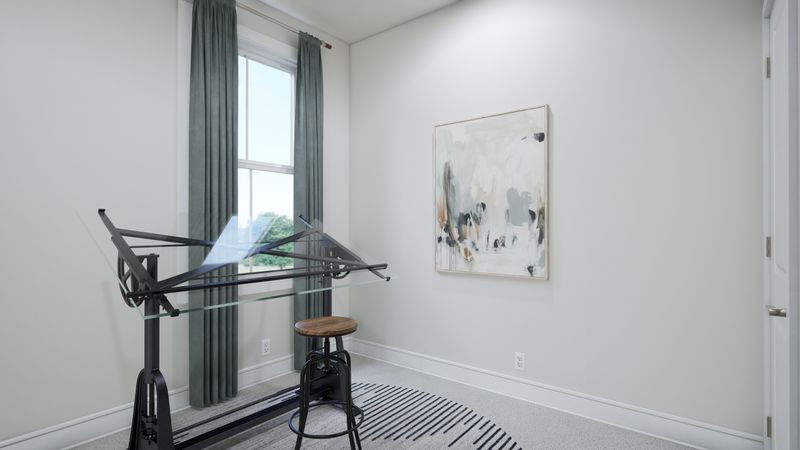
The remote work revolution has permanently changed buyer priorities. Homes offering dedicated office space, whether a separate room, finished basement, or convertible den, attract stronger interest and higher offers than those without workspace options.
Buyers specifically search listing photos for home office potential. Properties featuring high-speed internet and separation from household noise score additional points.
Even smaller homes can command premium prices if they include thoughtfully designed workspace. This trend appears particularly strong in Virginia’s growing tech corridors where employers have embraced hybrid work models, making home offices essential rather than optional for many professionals.
11. Homes With Outdoor Living Spaces
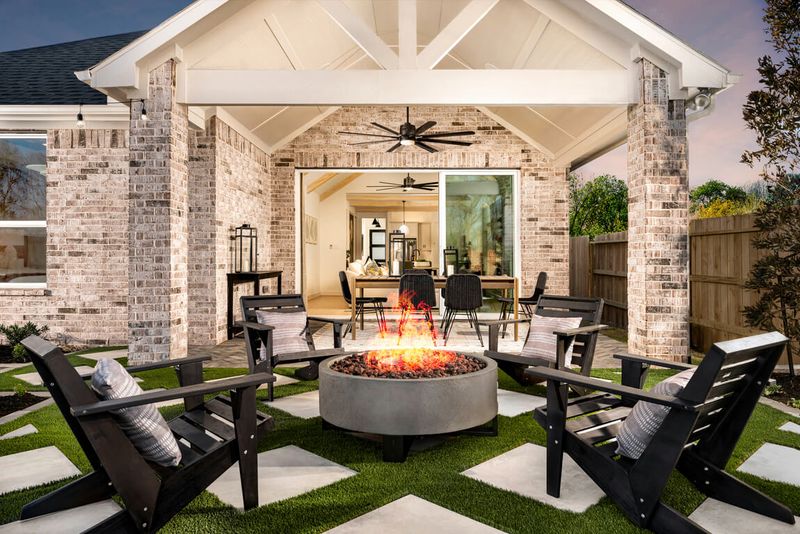
The pandemic permanently elevated outdoor space from nice-to-have to essential for many buyers. Properties featuring well-designed patios, decks, and landscaped yards command premium prices across Virginia’s diverse markets.
Outdoor kitchens, fire pits, and covered areas extending the seasonal use of outdoor spaces prove particularly valuable. These features essentially add square footage without the full cost of interior construction.
Even modest homes can achieve above-market prices with thoughtfully designed outdoor living areas. This trend shows strongest in Virginia’s moderate climate regions where outdoor spaces remain usable for extended portions of the year.
12. Small-Scale Hobby Farms
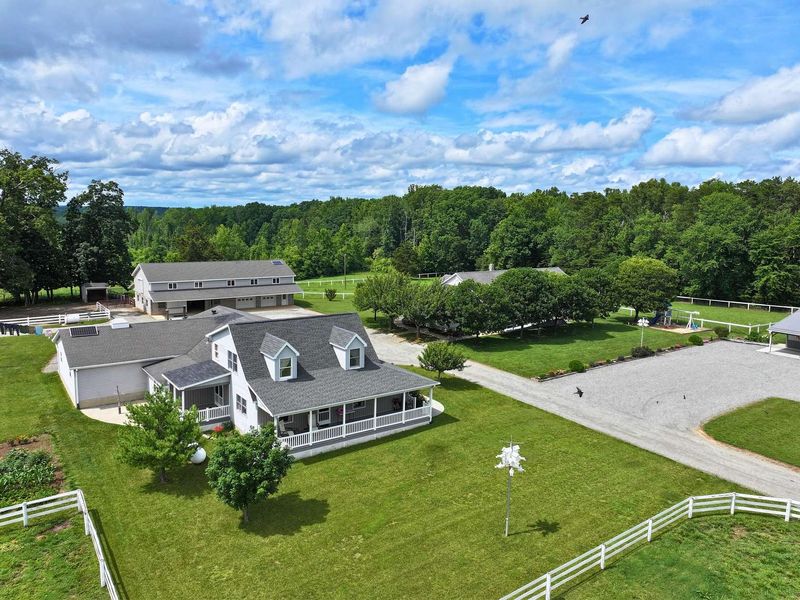
Properties with 2-10 acres suitable for small-scale agriculture have seen surging demand since the pandemic. The grow-your-own-food movement and desire for self-sufficiency drive interest in these mini-farm properties throughout rural and semi-rural Virginia.
Homes with existing garden infrastructure, small barns, or fenced areas command premium prices. The pandemic-inspired interest in food security and outdoor hobbies shows no signs of fading.
While full-scale farms remain niche purchases, these smaller “hobby farm” properties attract mainstream buyers seeking partial self-sufficiency without committing to full agricultural operations. This trend appears particularly strong in communities within commuting distance of Richmond and Charlottesville.

